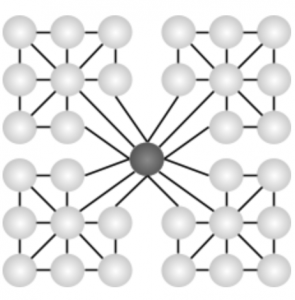Social Networks
Please sign in or create your account in order to access this material.
Networks consist of social relationships (also known as social ties), which affect mental and physical health and behavior and mortality risks. It is well documented that social networks can influence the adoption and maintenance of risky behavior, such as binge drinking or IV drug use. To better understand the power of social networks, this lesson explores the following topics:
well documented that social networks can influence the adoption and maintenance of risky behavior, such as binge drinking or IV drug use. To better understand the power of social networks, this lesson explores the following topics:
- Abstinence-Specific Social Support
- Multiple Group Membership
- Multiple Dimensional
- Personal vs. Whole Networks
- Beneficial Characteristics
- Health Benefits of Social Networks
Table of Contents
Course Syllabus
Not Enrolled
| .1. Opposite of Addiction is Connection | ||
| .2. Social Determinants of Health | ||
| .2.1. SDOH vs. Medical Model | ||
| .2.2. Healthy People 2030: SDOH | ||
| .3. Social Model Ecosystems | ||
| .3.1. Ecosystem Stability | ||
| .3.2. Social-Community Model | ||
| .4. Sense of Community | ||
| .4.1. Perceived Sense of Community Scale | ||
| .4.2. Brief Sense of Community Scale | ||
| .5. Social Networks | ||
| .5.1. Abstinence-Specific Social Support | ||
| .5.2. Multiple Group Membership | ||
| .5.3. Multiple Dimensional Networks | ||
| .5.4. Personal vs "Whole" Networks | ||
| .5.5. Beneficial Characteristics of Social Networks | ||
| .5.6. Health Benefits of Social Networks | ||
| .6. Social vs Clinical Model | ||
| .6.1. Environment | ||
| .6.2. Staff | ||
| .6.3. Authority | ||
| .6.4. Recovery Orientation | ||
| .6.5. Governance | ||
| .6.6. Community Orientation | ||
| .7. Quiz: Social Model |
